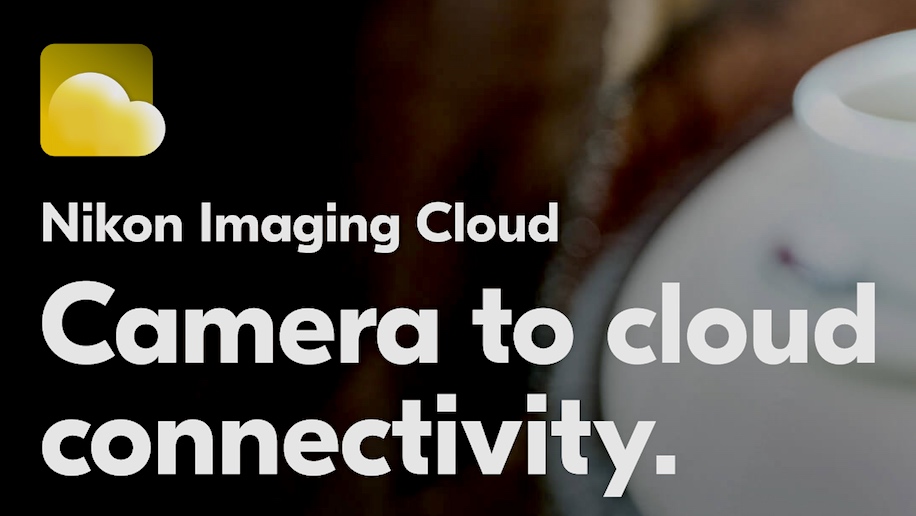Cameron T
Well-known member
I don't believe that's the case, because as far as I know the z8 uses the same sled. I could very well be wrong though.Wonder if there is a hardware limitation on the Z 9. Sensor can not be micro moved to create a pixel shift. May have been built into the later cameras??? Just a guess





